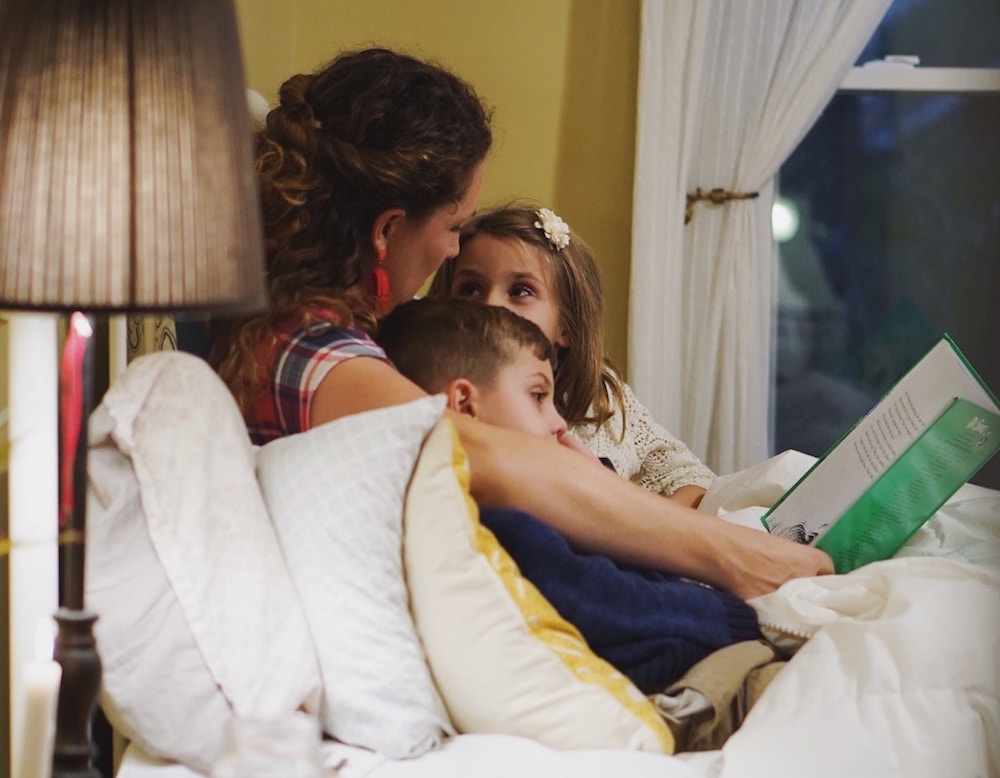
Fun ways to help your child learn the letters of the alphabet
How can it be that kids so easily remember the complicated, hard to pronounce names of dozens of different dinosaurs but struggle when asked to recall the letters of the alphabet? It could be because letters can seem somewhat, well, dull, when compared to dinosaurs which are endlessly awesome and interesting, but this doesn't have to be the case.
Here are some tips to help get kids just as invested in learning the letters of the alphabet as they are in learning the names of Diplodocus or Tyrannosaurus rex.
Games and books
There are, of course, thousands of alphabet themed toys, books and games aimed at children. These are specially designed to be fun and engaging, so that element is already covered off. However, most of these will be designed for children to explore independently, and often it's that little bit of extra involvement from parents that is the secret sauce in kids' successful learning.
Your child might learn the words to *that* alphabet song really easily, but taking a little extra time to point to each letter on a chart or in a book as you sing the song will really help cement the association of the letter name with its shape in your child's memory.

Write - everywhere
Pencil on paper is generally the preferred way at school, but forming letters in different ways increases the fun element for children and helps them really get familiar with the different shapes involved.
- Make it messy
Writing in salt, sugar or some colourful play sand sprinkled smooth surface is a wonderful tactile way of honing motor skills and getting familiar with letters.
Kids love drawing on steamed up windows - jump in and throw a few letters or simple words into the mix to show them how writing can be just as much fun!
- Or, keep it clean
If you'd rather not add to your cleaning burden, grab some water and a paintbrush (the bigger the better) and paint with the wet brush on the ground outside. So long as the ground is dry beforehand, kids can see the letters they 'paint' clearly before they dry up again. You can also use chunky outdoor chalks to write words outdoors in the knowledge that a shower of rain will do the job of cleaning on your behalf.

- Use the world around you
In the park or forest, gather pine cones, pebbles or leaves to form letters.
On the beach write in the sand using a big stick. Then gather up sticks and seaweed to form more letters.
- Feel those shapes
Make letters with playdough (or real dough if you're good at baking). Being able to feel and shape the letters themselves is a multi-sensory learning method that will help children remember them more effectively.

If your child is struggling, it's a good idea to focus on forming just a letter or two at a time in the dough, going back to refresh what each letter is called and the sounds they make.
Hunt for letters and words
Point out letters in the words that are written in the world around us. For example, draw attention to the huge letters on top of shopping centres and supermarkets. Can anyone spot a giant O?
Find things that look like letters in nature. Straight sticks look like the letter l, forked tree branches look like the letter y. Z and H can be found in fences, and so many round things look like the letter O.

Pre-packaged alphabet shaped food is easy to find in the kids' section of the supermarket, and you can talk about the letters as your child is snacking. But what works even better is finding an S-shaped spaghetti on your plate at dinner time, taking a huge bite out of a pancake to make the letter C, or slice an olive to find some little letter Os.
Pointing out how these shapes are similar to the letters that children are learning helps them to remember letter names and associate them with the shapes they are made up of. Children who can recognise and name letters quickly and easily will in turn learn words more easily, so keep practising and pointing them out!
About Komodo - Komodo is a fun and effective way to boost primary maths and literacy skills. Designed for 5 to 11-year-olds to use at home, Komodo uses a 'little and often' approach to learning that fits into busy family life. Komodo helps users develop fluency and confidence in maths and English - without keeping them at the screen for long.







